A soft x-ray magnetic imaging technique makes possible the study of a wide range of magnetic materials.
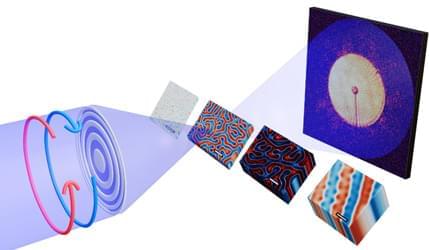

Former Google CEO Eric Schmidt weighs in on where AI is headed, when to “pull the plug” and how to cope with China.

Australian businesses are paying untold amounts of ransom to hackers, but the government is hoping to claw back some visibility with a landmark cybersecurity law.
While major ransomware attacks on companies such as MediSecure, Optus and Latitude have grabbed headlines for breaching the privacy of millions, the practice of quietly paying off cybercriminals has flourished in the dark.
The situation has deteriorated to the point that the government’s original ambition for an outright ban on ransom payments has been nixed, for now, and the focus has shifted to mapping the scale of the problem.
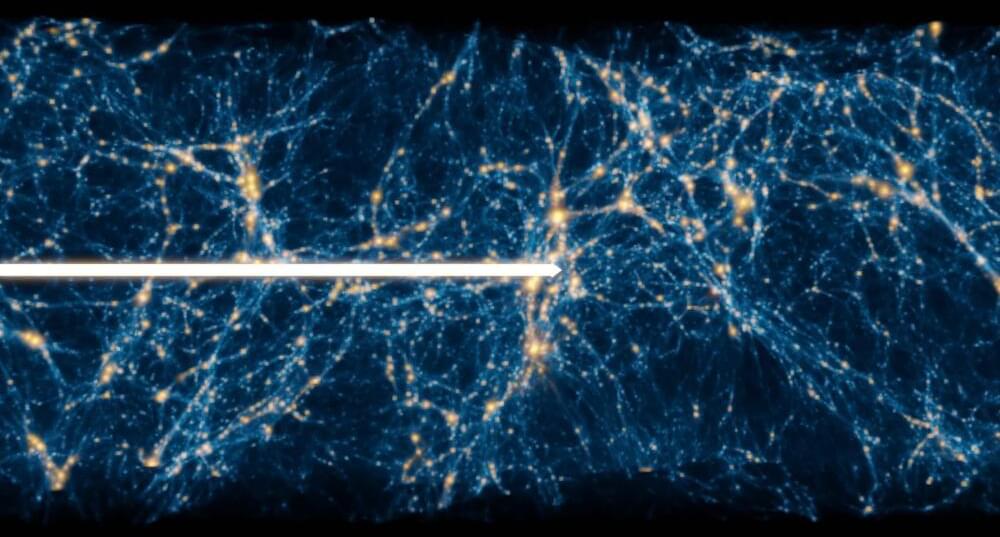
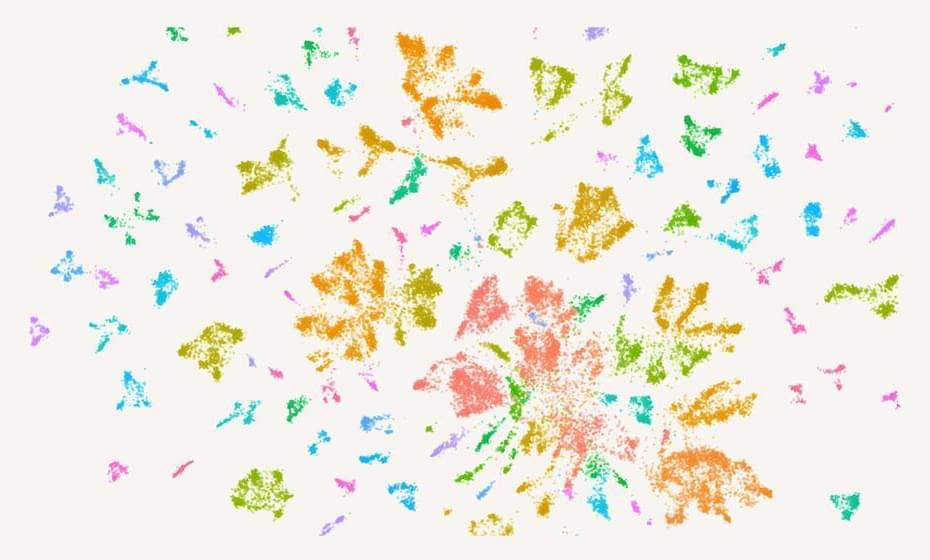
Aging is a universal experience, evident through changes like wrinkles and graying hair. However, aging goes beyond the surface; it begins within our cells. Over time, our cells gradually lose their ability to perform essential functions, leading to a decline that affects every part of our bodies, from our cognitive abilities to our immune health.
To understand how cellular changes lead to age-related disorders, Calico scientists are using advanced RNA sequencing to map molecular changes in individual cells over time in the roundworm, C. elegans. Much like mapping networks of roads and landscapes, we’re charting the complexities of our biology. These atlases uncover cell characteristics, functions, and interactions, providing deeper insights into how our bodies age.
In the early 1990s, Cynthia Kenyon, Vice President of Aging Research at Calico, and her former team at UCSF discovered genes in C. elegans that control lifespan; these genes, which influence IGF1 signaling, function similarly to extend lifespan in many other organisms, including mammals. The genetic similarities between this tiny worm and more complex animals make it a useful model for studying the aging process. In work published in Cell Reports last year, our researchers created a detailed map of gene activity in every cell of the body of C. elegans throughout its development, providing a comprehensive blueprint of its cellular diversity and functions. They found that aging is an organized process, not merely random deterioration. Each cell type follows its own aging path, with many activating cell-specific protective gene expression pathways, and with some cell types aging faster than others. Even within the same cell type, the rate of aging can vary.
We’re using AI and Google Maps driving trends to optimize traffic light patterns and improve traffic flow. Stop-and-go traffic in urban areas causes 29 times more emissions than on open roads. Researchers at Google are partnering with cities around the globe, from Rio to Jakarta. So far, local governments have saved fuel and lowered emissions for nearly 30 million car rides every month. Learn more about this research at: https://g.co/research/greenlight.
If you are a city representative or traffic engineer and are interested in joining the waiting list, please complete this form: https://docs.google.com/forms/d/e/1FA…
Tweet with us on X: / google \r.
Follow us on Instagram: / google \r.
Join us on Facebook: / google.
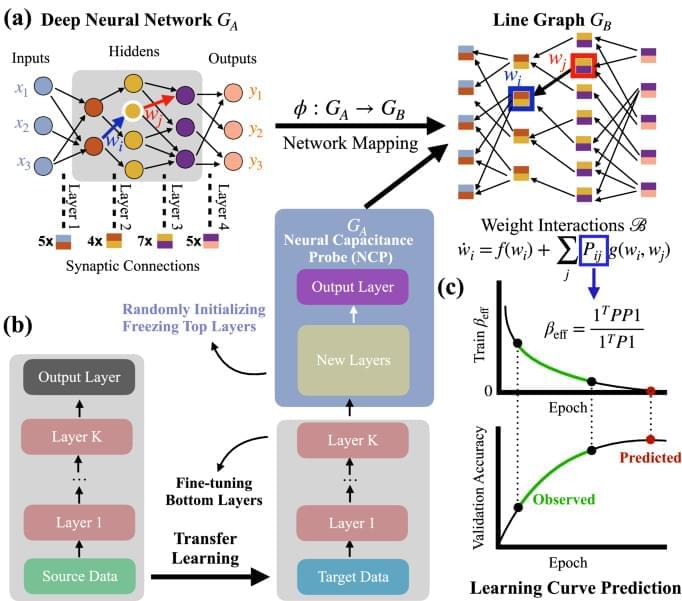
Machine learning influences numerous aspects of modern society, empowers new technologies, from Alphago to ChatGPT, and increasingly materializes in consumer products such as smartphones and self-driving cars. Despite the vital role and broad applications of artificial neural networks, we lack systematic approaches, such as network science, to understand their underlying mechanism. The difficulty is rooted in many possible model configurations, each with different hyper-parameters and weighted architectures determined by noisy data. We bridge the gap by developing a mathematical framework that maps the neural network’s performance to the network characters of the line graph governed by the edge dynamics of stochastic gradient descent differential equations. This framework enables us to derive a neural capacitance metric to universally capture a model’s generalization capability on a downstream task and predict model performance using only early training results. The numerical results on 17 pre-trained ImageNet models across five benchmark datasets and one NAS benchmark indicate that our neural capacitance metric is a powerful indicator for model selection based only on early training results and is more efficient than state-of-the-art methods.
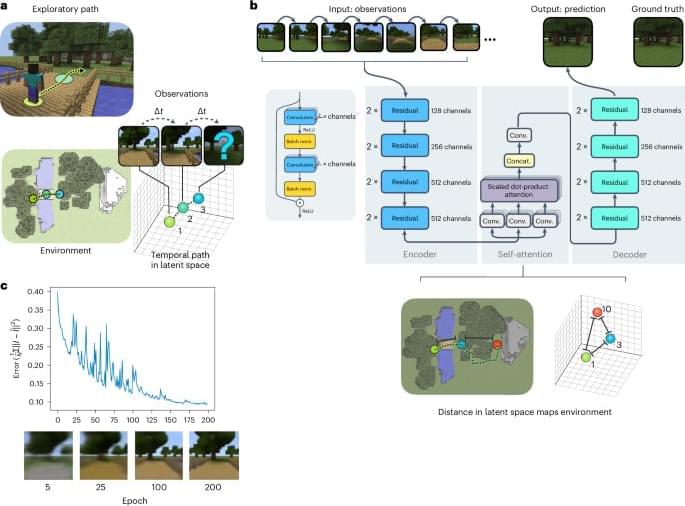

Call it the force’s doing, but it has been surprises galore for the GEDI mission.
In early 2023, the lidar mission that maps the Earth’s forests in 3D was to be burned up in the atmosphere to make way for another unrelated mission on the International Space Station. A last-minute decision by NASA saved its life and put it on hiatus until October 2024. Earlier this year, another surprise revealed itself: the mission that replaced GEDI was done with its work, effectively allowing GEDI to get back to work six months earlier than expected.
That’s how, in April, a robotic arm ended up moving the GEDI mission (short for Global Ecosystem Dynamics Investigation and pronounced “Jedi” like in the Star Wars films) from storage on the ISS to its original location, from where it now continues to gather crucial data on aboveground biomass on Earth.
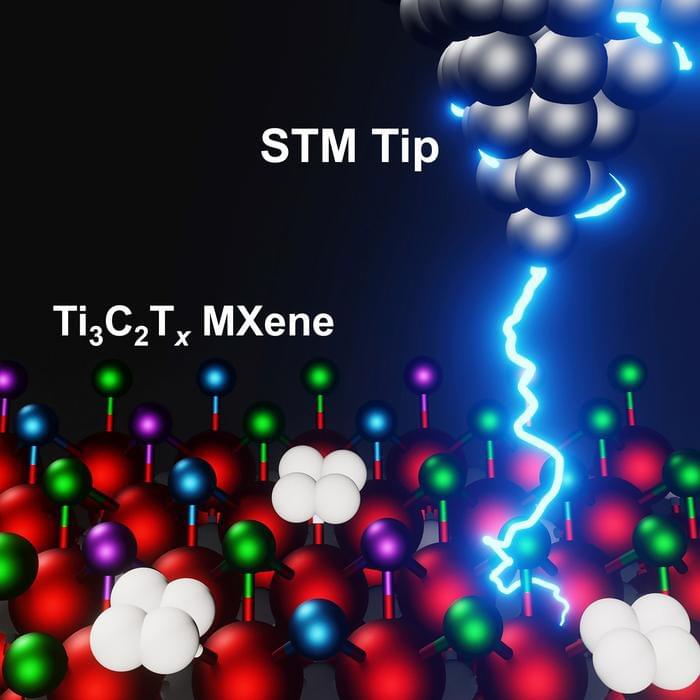
In the decade since their discovery at Drexel University, the family of two-dimensional materials called MXenes has shown a great deal of promise for applications ranging from water desalination and energy storage to electromagnetic shielding and telecommunications, among others. While researchers have long speculated about the genesis of their versatility, a recent study led by Drexel and the University of California, Los Angeles, has provided the first clear look at the surface chemical structure foundational to MXenes’ capabilities.
Using advanced imaging techniques, known as scanning tunneling microscopy (STM) and scanning tunneling spectroscopy (STS), the team, which also includes researchers from California State University Northridge, and Lawrence Berkeley National Laboratory, mapped the electrochemical surface topography of the titanium carbide MXene — the most-studied and widely used member of the family.
Their findings, published in the 5th anniversary issue of the Cell Press journal Matter (“Atomic-scale investigations of Ti 3 C 2 Tx MXene surfaces”), will help to explain the range of properties exhibited by members of the MXene family and allow researchers to tailor new materials for specific applications.